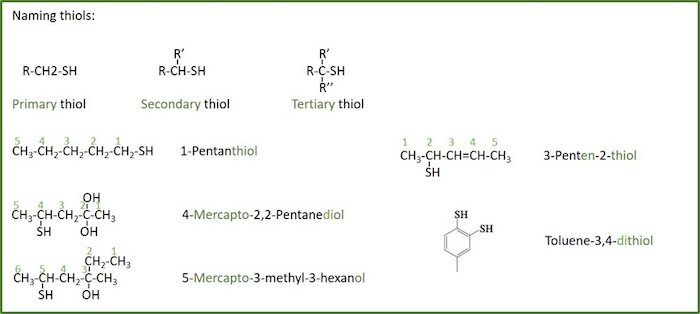

Thiol-disulfide exchange-induced disulfide bond scrambling.ĭisulfide scrambling through thiol-disulfide exchange is in principle an S N2 reaction. 3Īctually, many chemical synthetic peptide disulfide derivatives are prepared by means of decent exploitation of the corresponding thiol-disulfide exchange process, e.g., disulfide formation with dithiasuccinoylglycine, 4 2,2′-dithiodipyridine, 5 5,5′-dithiobis(2-nitrobenzoic acid), and didisulfide. 2 Depending on the redox environment and substrate protein properties, PDI could regulate the processes such as disulfide bond formation, disulfide bond reduction and disulfide bond isomerization via the thiol-disulfide exchange pathway. 1 A group of enzymes denoted as disulfide oxidoreductases catalyze the process of thiol-disulfide exchange reactions in vivo among which protein disulfide isomerase (PDI) was one of the firstly identified entities. Thiol-disulfide exchange constitutes a core pathway for disulfide formation in living systems, providing a cornerstone of catalyzed protein disulfide-bond formation in all organisms from prokaryotes to eukaryotes. Yi Yang, in Side Reactions in Peptide Synthesis, 2016 13.1 Disulfide scrambling via thiol-disulfide exchange This chapter discusses the general reactions of aliphatic sulphur-containing compounds. In an alternate method, alcohol is heated with thiourea and constantly boiling hydrobromic acid to form the S-alkylisothio-uronium bromide this product when heated with alkali gives the corresponding thiol. The thiols are prepared from the corresponding alcohols by passing the vapor with hydrogen sulfide over thoria at 400☌. The sulfur atom is larger and also less electronegative than oxygen therefore, the electrostatic force between the sulfur atom and a hydrogen atom is correspondingly less. These features result from the fact that the association of molecules through hydrogen-bonding in sulfur compounds is not as extensive as in oxygen compounds. The thiols are less soluble in water than are the alcohols and have lower boiling points than the corresponding alcohols. Thiols are referred to as alkyl mercaptans and named systematically by using the class suffix “thiol” with the appropriate name of the parent hydrocarbon. Thiols, RSH, are similarly derived from hydrogen sulfide.

TATCHELL, in Fundamental Aliphatic Chemistry, 1965 Publisher Summary ROS Thiol antioxidant chelation glutathione heavy metals radioprotectant toxicity.P.W.G. Reports of novel dosing regimens, delivery strategies, and clinical applications for these compounds were examined with an eye toward emerging approaches to address a wide range of medical conditions in the future. More specifically, this review focuses on thiol drugs that represent the standard of care for their associated conditions, including N-acetylcysteine, 2,3-meso-dimercaptosuccinic acid, British anti-Lewisite, D-penicillamine, amifostine, and others. The purpose of this narrative review is to highlight the biochemistry of currently used thiol drugs within the context of developments reported in the last five years. Many of the compounds discussed here have been in use for decades, yet continued exploration of their properties has yielded new understanding in recent years, which can be used to optimize their clinical application and provide insights into the development of new treatments. Thus, thiols can treat a variety of conditions by serving as radical scavengers, GSH prodrugs, or metal chelators. Thiol-containing drugs can reduce radicals and other toxic electrophiles, restore cellular thiol pools, and form stable complexes with heavy metals such as lead, arsenic, and copper. The thiol (-SH) functional group is found in a number of drug compounds and confers a unique combination of useful properties.


 0 kommentar(er)
0 kommentar(er)
